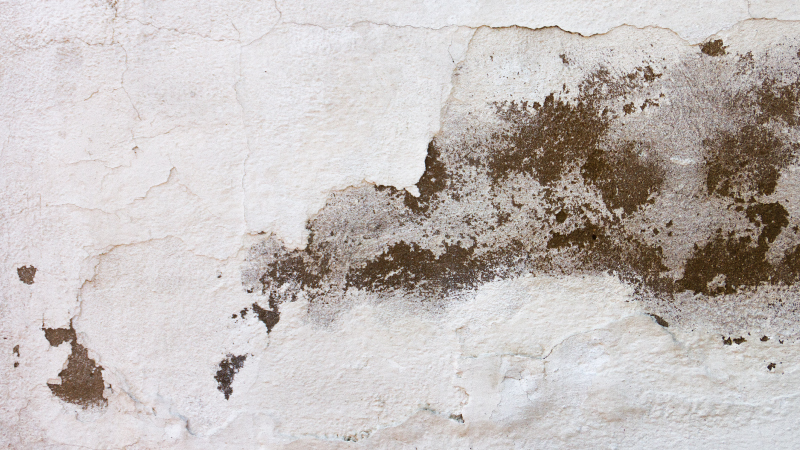Most people know that mold can pose health risks, and is particularly hazardous in high concentrations. But what about mildew? Is mildew the same as mold? What are the key differences between mildew vs mold? How are mold and mildew treated in homes? Read on to learn all about mildew vs mold.
Mildew is a Type of Mold
The Environmental Protection Agency defines mildew as “certain kinds of mold or fungus.” Therefore all mildew is mold. However, not all molds are mildew. As fungi, both mold and mildew require oxygen, water, and food to grow and survive.
Because all mold grows from a mold seed (spore), all mildew also requires mold spores to grow. These spores land on surfaces, germinate, and begin to spread.
Both mildew and mold can cause reactions in people with sensitivities. The most common adverse reactions to mold or mildew involve the respiratory system. Symptoms of mold exposure may include a stuffy nose, watery eyes, scratchy or sore throat, red eyes, wheezing, itchy skin, or skin rash.
Mildew vs Mold: Key Differences
Although all mildew is a type of fungal growth, not all molds are classified as mildew. Here are the key differences between mildew vs mold:
- Mildew appears flat, while mold may appear to be raised
- Mildew is generally white or gray, while mold may be white, gray, black, red, or green
- Mildew often looks powdery, while mold may appear fuzzy, or even slimy
- Mildew often looks like tiny dots, whereas mold tends to make larger clumps
- Mildew grows outward, spreading on surfaces, while mold grows deeper, into its own base
- Mildew is less invasive than mold
- Mildew is easier to clean and remove than mold
- For most people, mildew is less of a health threat than mold
- The odor from mildew is often milder and musty, whereas mold can smell very strong, and the smell will worsen as the mold grows and spreads
- Mildew can be safely removed most of the time without professional help, but mold should be removed by a qualified mold removal company.
- Mildew thrives in areas with very high humidity while mold can grow in areas of lower humidity
- Mildew thrives in high temperatures, but mold can grow at lower temperatures
Removing Mold and Mildew: When to Hire Professionals
When it comes to the removal of mildew vs mold, most people can safely remove mildew. Household products such as vinegar, or cleaning solutions used with a towel or scrubbing brush are often all that is needed to remove mildew. However, it is wise to wear rubber gloves while removing this type of surface mold to avoid irritating the skin.
Conversely, mold needs to be removed with exceptional care by a professional mold removal company. If the mold is disturbed when removing it, spores can spread, worsening the problem. Moreover, mold spores can easily become airborne, and certain types of mold spores contain mycotoxins, which are toxic to animals and humans.
Individuals who suffer from asthma, allergies, or other respiratory conditions should not attempt to remove mold on their own. Likewise, people who have a suppressed immune system due to organ transplant, HIV infection, or cancer patients who are receiving chemotherapy should not attempt to remove mold.
If you’re unsure whether you’re dealing with mildew vs mold, it is best to contact a mold removal company that is a MICRO Certified Remediation Contractor.
Certified Mold Removal Services in Southern Oregon
ProKleen provides professional mold testing, mold removal, and home remediation services throughout Southern Oregon. If you are unsure if mold growth in your home is hazardous, it is best to let our experts safely remove it and remediate your home. Call 541-857-1818 or send us a message today to book fast mold testing and removal.

